When we look back on 2020, one word many of us will use to encapsulate all of the feelings and emotions a year of pandemic brought will probably be “stressful.” This is especially true for those working in the veterinary industry. Not only did they have the same fears and uneasiness as everyone else, but as essential workers, they had to learn to operate in new and unfamiliar circumstances. By shutting doors and going curbside, clinics kept their staff, clients, and pets safe, but with that came distinct challenges as they learned to weave a new normal.
With curbside operations in full swing, practices had to take extra time to check patients in and out, run payments back and forth from front desks to parking lots, and find new methods of communication to limit face-to-face interaction and promote social distancing. All of this on top of their regular duties such as controlling inbound calls, keeping on top appointment reminders, and in some cases, prescription refill requests, left veterinary staff workers burnt out.
We at VitusVet, along with Bash Halow, wanted to get a better understanding of the effects this stress took on practice managers, practice owners, CSRs, DVMs, and vet techs. In spring of 2021, we surveyed 154 veterinary professionals who worked in practices ranging from 1 to 7+ doctors to see not only what the stresses of COVID-19 meant for them during the pandemic, but before and after, as well.
Here’s a quick look at the results:
As the rollout of vaccine availability has become widely available in the U.S., we’re beginning to see the light at the end of the tunnel. Many practices have begun their doors and welcome clients back inside. Though we’re unsure what the future holds for the veterinary industry, one thing will always be certain –– these essential workers are heroes to our pets.
Want to get an even deeper dive into our survey?
 by a veterinarian
by a veterinarian


